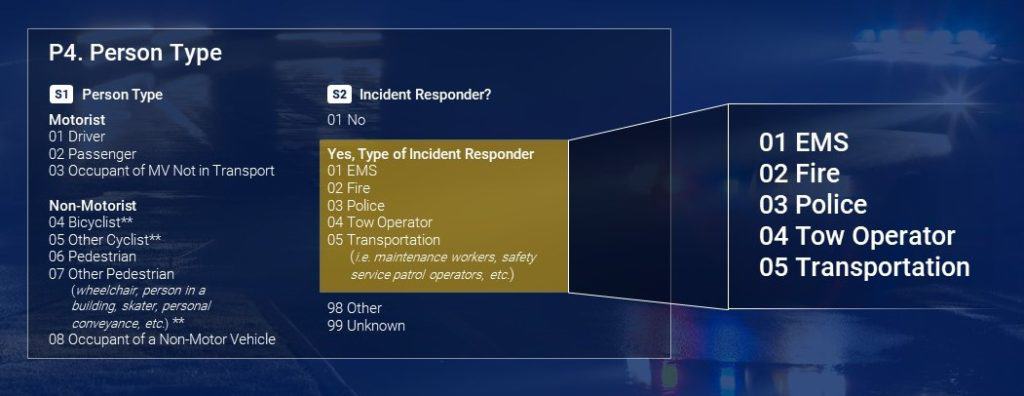The routine nature of traffic stops and accident response disguises the truth—roadway operations are dangerous and sometimes fatal for law enforcement officers. A year-to-year comparison shows a 57% increase in law enforcement struck-by vehicle fatalities. Reducing the risk associated with law enforcement roadway operations starts with expanding our understanding of the problem and incorporating the latest technology and research. How can your agency take steps to make roads safer for officers?
Understanding Motorist Behavior
The National Safety Council partnered with the Emergency Responder Safety Institute to conduct a national survey detailing motorist behavior around emergency responders. Thousands die each year due to distracted driving and first responders are particularly vulnerable due to the need to exit their vehicles and tend to situations on active roadways. Several key findings from the survey include:
- 71% of drivers take photos or videos when they see emergency vehicles on the side of the road, with 60% posting about the situation on social media
- 16% of drivers said they have either struck or nearly struck a first responder or emergency vehicle that was stopped on or near the road and 89% of drivers say they believe distracted motorists are a major source of risk for first responders
- 23% of drivers do not realize there are laws specifying what drivers must do when they see emergency vehicles, but 67% of drivers have heard of “Move Over” laws
The National Safety Council study confirms the need for educating the public and officers about distracted driving. Recommendations include all states banning cell-phone use while driving, including hands-free devices, and upgrading laws so motorists can be pulled over for traffic safety infractions without another primary law violation. Additionally, improvements should be made to increase communications about “Move Over” laws and pledge support of high-visibility enforcement campaigns.
Better Data Leads to Improved Reporting
There is currently no national database or reporting system for struck-by incidents. Although any motor vehicle crash resulting in an injury requires a report, locating these struck-by events among all pedestrian traffic crashes in statewide data is very difficult. A better understanding of crash reporting can lead to improved training of officers and more effective equipment.
A better understanding of crash reporting can lead to improved training and equipment.
Every state has their own crash reporting, but most of the data elements are similar due to direction from the national level. The Governors Highway Safety Association and National Highway Traffic Safety Administration publish a document called the Model Minimum Uniform Crash Criteria (MMUCC). The MMUCC is voluntary guidance on data elements states can include in their crash reporting systems to encourage greater uniformity of information. The most recent update (5th edition, 2017) includes additional data elements that will help to better identify struck-by incidents.
Agencies responsible for state crash reporting systems should lobby for the inclusion of additional data elements in future system or report revisions. For example, the “Non-Motorist Action/Circumstance Prior to Crash (P23)” contains an attribute for “Working in Trafficway (Incident Response),” but most states do not currently include this attribute. Inclusion can lead to more accurate reporting. Additionally, urge for the incorporation of elements relating to Person Type, as outlined in the image below.
Emergency Lighting Technology
Emergency lighting technology has evolved from the use of incandescent and strobe lights to the now popular use of LEDs. Although most emergency vehicles boast LED lighting, there is room for improvement. A common complaint exists of warning lights being too bright when multiple emergency vehicles are operating a scene. Groups of emergency lights at full intensity and flash creates an aura that can make it difficult to distinguish the personnel operating outside their vehicles. Studies have shown adjusting the operation of emergency lights (increasing/reducing intensity) based on the situation elicits a safer response from those operating vehicles nearby.
Learn more about how officers and agencies can reduce the risk associated with roadway operations in our on-demand webinar: Reducing Risk on the Road: How to Keep Officers Safe During Roadway Operations.
